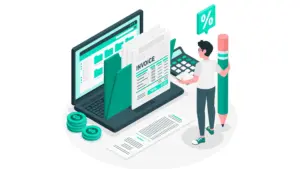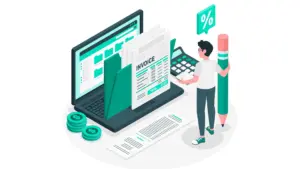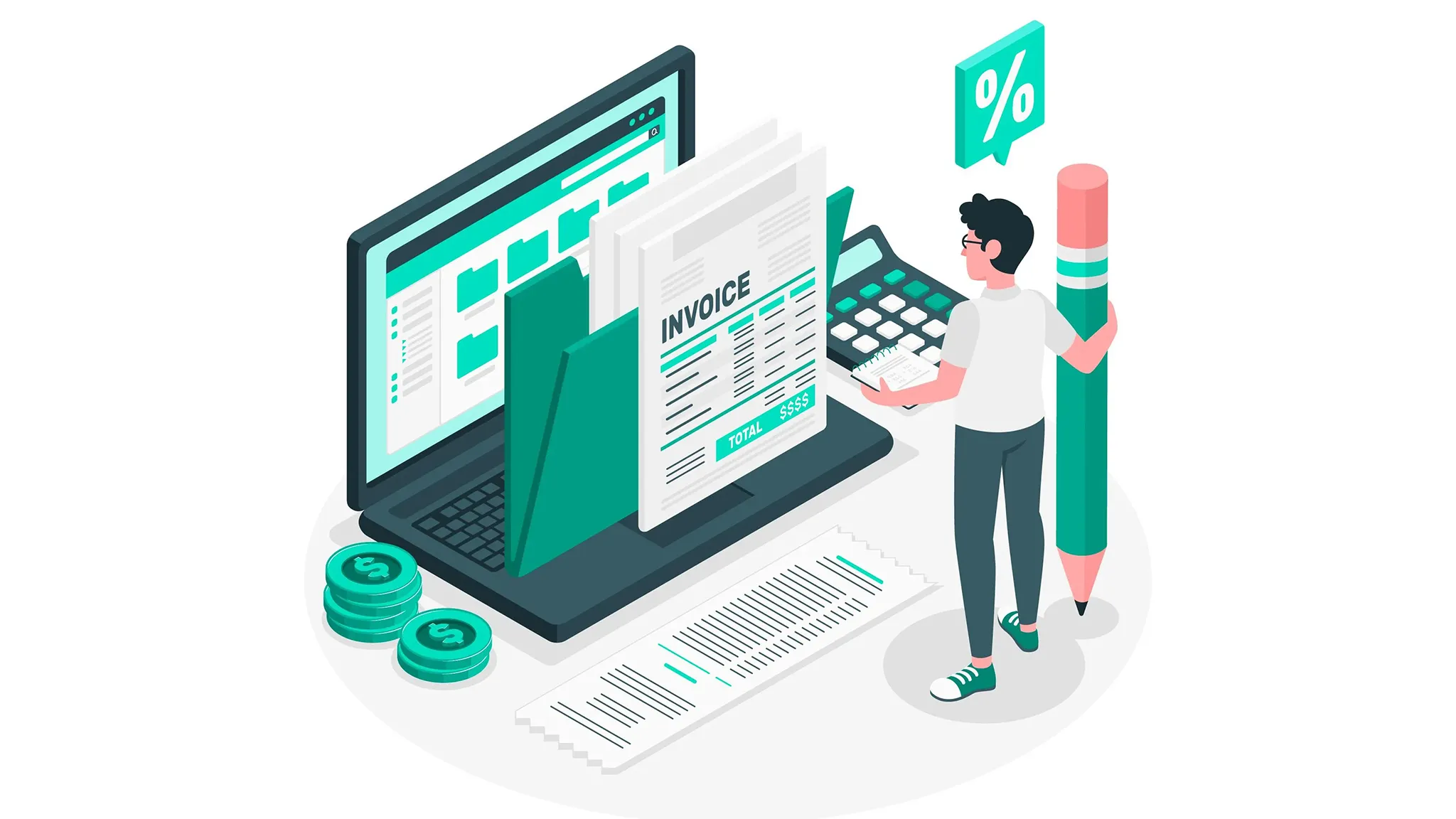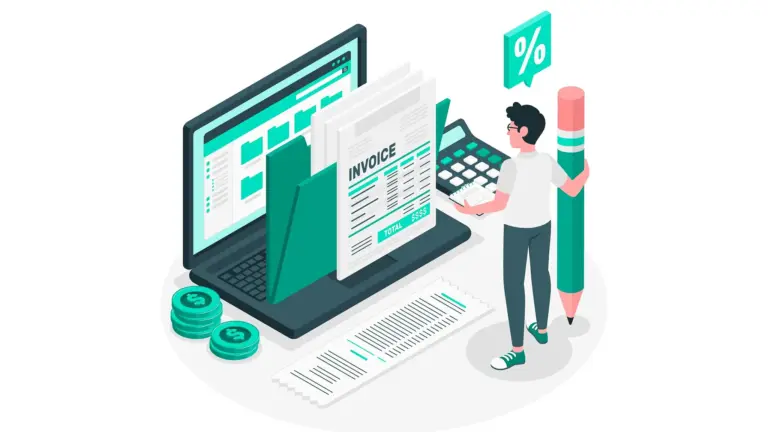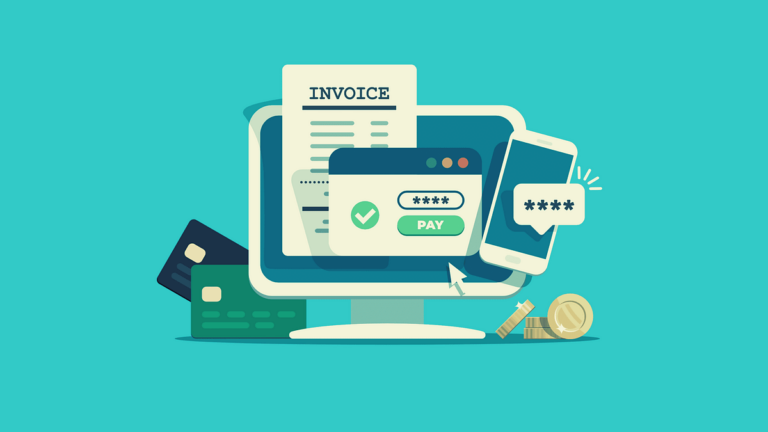I. Introduction to Invoice Terms (Approx. 300 words)
- Definition of Invoice Terms
Invoice terms are the payment conditions and agreements set by the seller or service provider regarding when and how payment should be made by the buyer. These terms include the due date, any discounts for early payment, late payment penalties, and the method of payment. - Why Invoice Terms Matter
Establishing clear invoice terms helps avoid confusion, streamline cash flow, and ensure timely payment. Properly set invoice terms can also build better relationships with clients by setting clear expectations from the outset. - The Impact on Business Operations
Invoice terms influence a company’s liquidity, cash flow, and operational efficiency. Well-structured terms help in maintaining consistent revenue and managing credit risks.
II. Types of Invoice Terms (Approx. 700 words)
- Net Terms
- Net 30, Net 60, Net 90: The most common types of payment terms, where “Net” refers to the number of days from the invoice date by which payment is due.
- Advantages: Flexible and straightforward for customers.
- Disadvantages: It can delay cash flow if customers don’t adhere to deadlines.
- Due on Receipt
- Immediate Payment: Payment is due as soon as the invoice is received, usually for smaller transactions or new customers.
- Advantages: Ensures quick payments and better cash flow.
- Disadvantages: Not always feasible for large clients or long-term contracts.
- 2/10, Net 30 (Early Payment Discount)
- Description: A discount is offered for early payment, e.g., “2% off if paid within 10 days, otherwise full payment is due in 30 days.”
- Advantages: Encourages early payment and improves cash flow.
- Disadvantages: Reduces revenue slightly due to the discount.
- Installment Payments
- Description: Payment is divided into smaller, scheduled payments over a specified period.
- Advantages: Helps businesses manage large projects or high-value products and services.
- Disadvantages: Increases administrative work and may delay full payment.
- Cash on Delivery (COD)
- Description: Payment is made upon delivery of goods or services.
- Advantages: Lowers the risk for the seller as payment is guaranteed before goods change hands.
- Disadvantages: Not practical for remote transactions or larger orders.
- Milestone Payments
- Description: Payments are made based on the completion of specific project milestones.
- Advantages: Reduces risk for both parties in large projects.
- Disadvantages: Can complicate contract negotiations and project timelines.
III. Components of Invoice Terms (Approx. 500 words)
- Payment Due Date
A clear due date is essential to set expectations for both parties. Late payments can lead to frustration, strained business relationships, and even legal action. - Discounts for Early Payment
Offering discounts (e.g., 2% off if paid within 10 days) encourages prompt payments, but businesses need to calculate if the discount is financially beneficial in the long run. - Late Payment Penalties
Late payment fees are commonly set at a percentage of the outstanding amount per day/week or a flat fee. These penalties serve as an incentive for clients to settle invoices on time. - Accepted Payment Methods
Invoice terms should specify the acceptable payment methods (bank transfer, credit card, PayPal, etc.) to prevent misunderstandings. - Currency and Taxes
Terms should clarify which currency is being used and any applicable taxes, including VAT, sales tax, or withholding taxes that may affect the final amount due. - Invoice Number and Reference
Every invoice should have a unique number and relevant references (e.g., purchase order number), making it easier for both parties to track payments and resolve any discrepancies.
IV. How Invoice Terms Affect Cash Flow (Approx. 500 words)
- Positive Impact on Cash Flow
- Clear invoice terms ensure that customers pay on time, thereby maintaining healthy cash flow. Shorter payment terms like “Net 15” can accelerate incoming payments.
- Offering early payment discounts can entice clients to pay sooner, improving liquidity.
- Challenges to Cash Flow
- Long payment terms (e.g., “Net 90”) can put a strain on cash flow, especially for small businesses that need quick payments to cover operational expenses.
- Late payments or non-payment can lead to cash flow disruptions, making it harder to pay bills, invest in growth, or even cover payroll.
- Managing Accounts Receivable
- Businesses must balance offering flexible terms with the risk of delayed or non-payment. Proactive invoicing and regular follow-ups can help maintain a steady cash flow.
V. Legal Considerations in Invoice Terms (Approx. 600 words)
- Legal Enforceability of Terms
Invoice terms are legally binding as part of the contract between the business and the client. Terms should be written clearly to avoid disputes and ensure that both parties understand their obligations. - Late Fees and Collection
It’s crucial to clearly state late payment penalties in the invoice terms. If a customer doesn’t pay on time, businesses may need to follow a formal collection process, which can involve sending reminders, using a collection agency, or taking legal action. - Dispute Resolution
Having a clear procedure for resolving payment disputes is important. Businesses may include an arbitration clause or state the legal jurisdiction for handling disputes in the invoice terms. - Impact of Late Payments on Credit Scores
Late payments can affect both the seller and the buyer’s credit score. Businesses need to be aware of how invoice terms can impact their relationship with clients and the potential for future credit risk.
VI. Negotiating Invoice Terms with Clients (Approx. 600 words)
- Setting Clear Expectations from the Start
- Clearly communicate invoice terms before entering into an agreement to prevent misunderstandings later.
- Both parties should understand the payment timeline, the implications of late payments, and any discounts or penalties.
- Customizing Invoice Terms Based on Client Needs
- Large clients may prefer extended payment terms, such as Net 60 or Net 90, while smaller clients may require shorter terms or upfront payment.
- Flexibility in invoicing can help strengthen business relationships, but it should be done with careful consideration of the company’s cash flow.
- Balancing Client Needs and Business Requirements
- A company must ensure that the payment terms align with its financial needs while also accommodating the client’s preferences.
- Sometimes, offering a discount or agreeing to longer payment terms can secure a long-term contract or bigger order, which could be beneficial in the long run.
- Documenting Agreements in Writing
It’s essential to have all negotiated terms documented and agreed upon in writing, preferably within the contract or agreement signed by both parties.
VII. Common Mistakes in Invoice Terms (Approx. 400 words)
- Ambiguous Payment Terms
Vague or unclear invoice terms can lead to confusion, delays in payment, or disputes. Terms should be clearly stated, leaving no room for interpretation. - Failure to Enforce Late Payment Penalties
Many businesses neglect to enforce late payment penalties, which can set a poor precedent for future payments and undermine the importance of timely payments. - Inconsistent Invoice Terms
Having inconsistent payment terms across clients can lead to confusion and complications in cash flow management. It’s essential to standardize terms where possible. - Overly Complex Terms
Lengthy, complex terms can discourage clients from reading or understanding the invoice, leading to delays. Invoice terms should be concise, clear, and easy to follow.
VIII. Best Practices for Setting Invoice Terms (Approx. 500 words)
- Be Transparent
Ensure that all invoice terms are clear and easy to understand. Transparency prevents future issues and builds trust with clients. - Consider Client History
If a client has a history of late payments, it might be prudent to shorten their payment terms or offer them less favorable conditions. - Review Terms Regularly
Review your invoice terms periodically to ensure they are still aligned with your business goals, client expectations, and industry standards. - Automate Invoicing Processes
Using invoicing software can help standardize invoice terms, reduce human error, and send automatic reminders for overdue payments.
IX. Conclusion (Approx. 300 words)
- Summary of Key Points
Invoice terms play a critical role in ensuring timely payment, maintaining cash flow, and minimizing disputes. Properly structured terms set clear expectations for both the business and the client, creating a mutually beneficial working relationship. - Final Thoughts
Whether you’re a freelancer, small business owner, or large enterprise, understanding and carefully structuring your invoice terms can significantly impact your bottom line. Clear, fair, and enforceable invoice terms promote timely payments and reduce financial risk.
